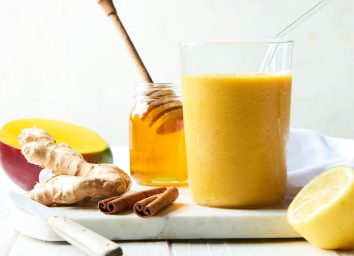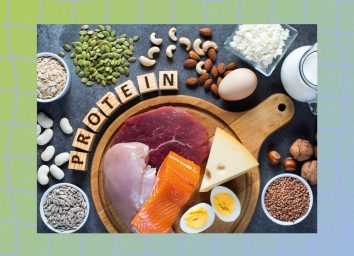The #1 Fall Food for Weight Loss, Dietitian Says
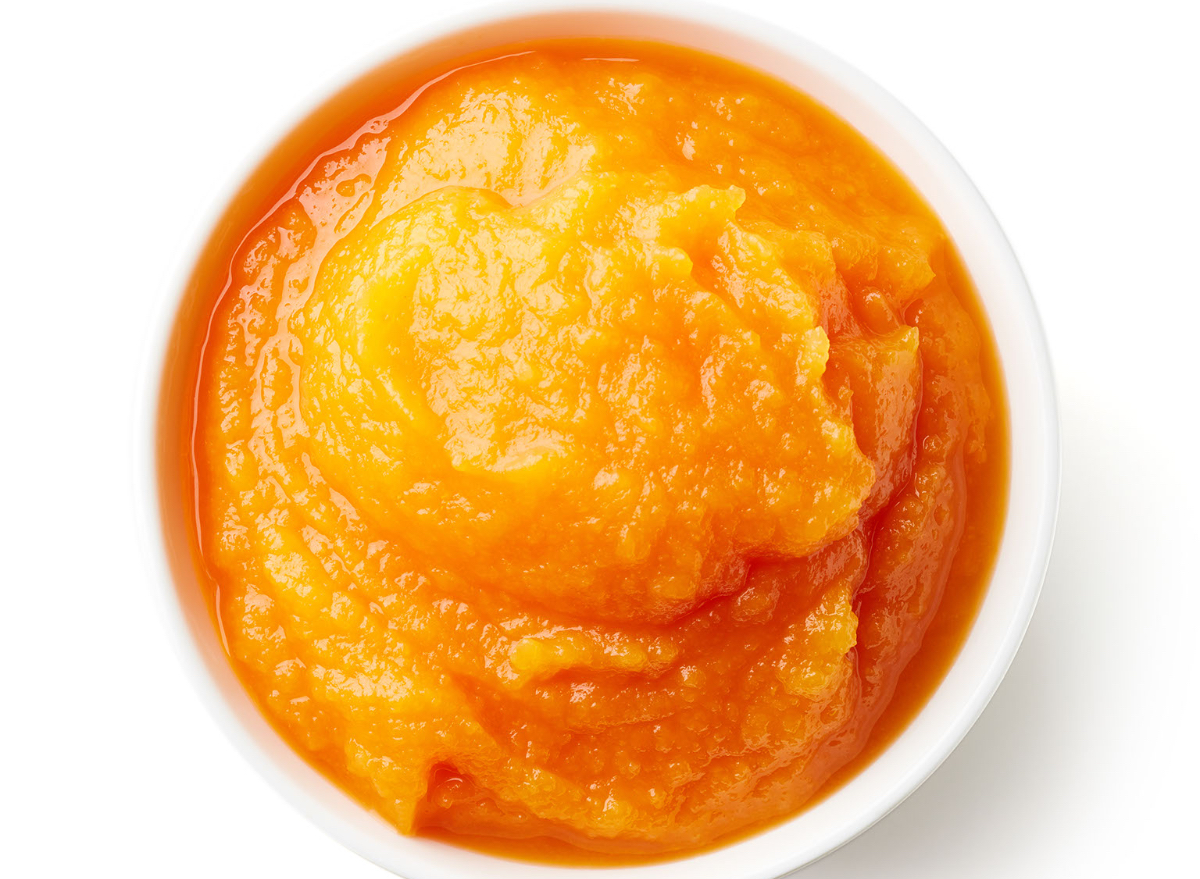
In many parts of the country, it's that time of year when the idea to cozy up and relax might start to sound a little more appealing than grinding through a tough workout. Hey, no judgement—in fact, if we told you eating more of the one fall food you look forward to all year could be a highly proactive way to avoid fall weight gain… would you believe us? As it turns out, a dietitian says the quintessential fall harvest might help you stay in shape, in addition to its other amazing health benefits.
Keep reading to learn why pumpkin (yes, pumpkin!) could serve your weight loss goals this fall.
Then, want more good news? Check out why some nutrition experts are saying bread could soon become less of a forbidden food.
Pumpkin Nutrition Facts
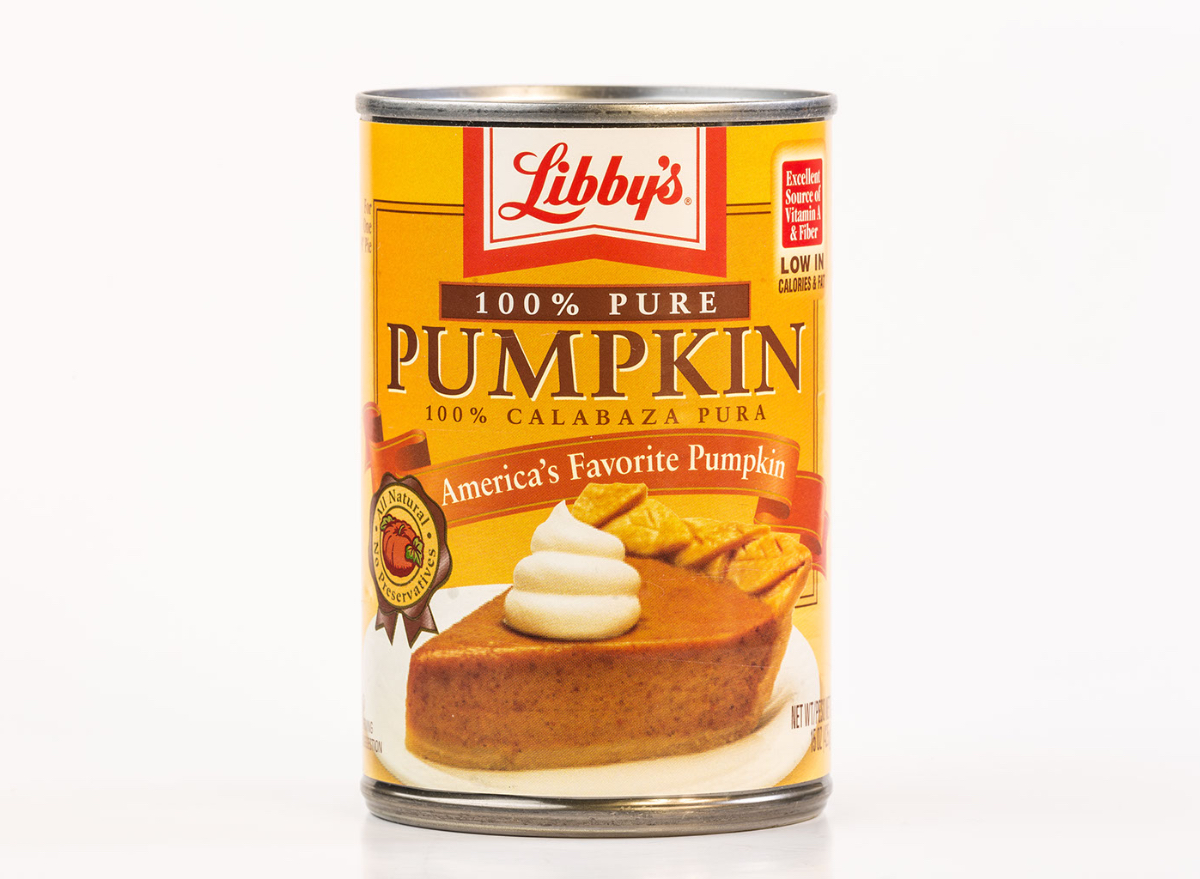
Let's start with the basics about this beloved squash. Ever studied the side of a purée pumpkin can? We just happened to have one on hand: A half-cup serving of Libby's canned pumpkin packs three grams of fiber and one gram of protein, with just 40 calories.
Those nutrition facts are a great start to understanding why pumpkin can be considered a boon to your efforts to stay trim.
Sign up for the Eat This, Not That! newsletter for food news you can use, delivered daily.
A Dietitian Applauds Another Pumpkin Plus
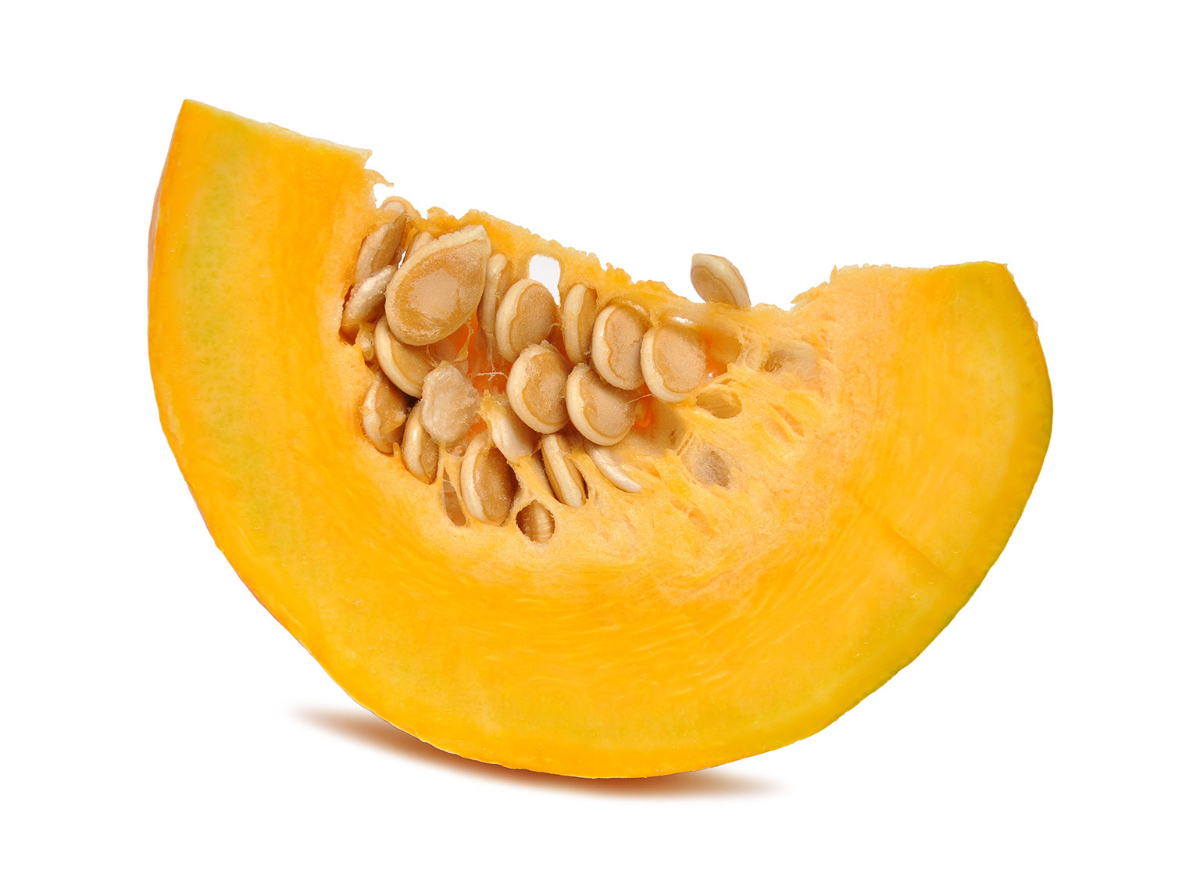
This slice of pumpkin might remind you of the way a cantaloupe looks—and, like melons, pumpkins contain a lot of one particular substance: Water.
Registered dietitian and nutritionist Mackenzie Burgess, RDN, spelled out for Fox News why this works. "Pumpkin is beneficial for weight loss because it's largely made up of water, so it is low in calories while still containing many nutrients," Burgess said.
Add to that the fiber content, plus low sugar, and you might see how pumpkin is a friendly food for delivering loads of goodness, with the power also to flush your body of some excess.
One Caveat This Fall
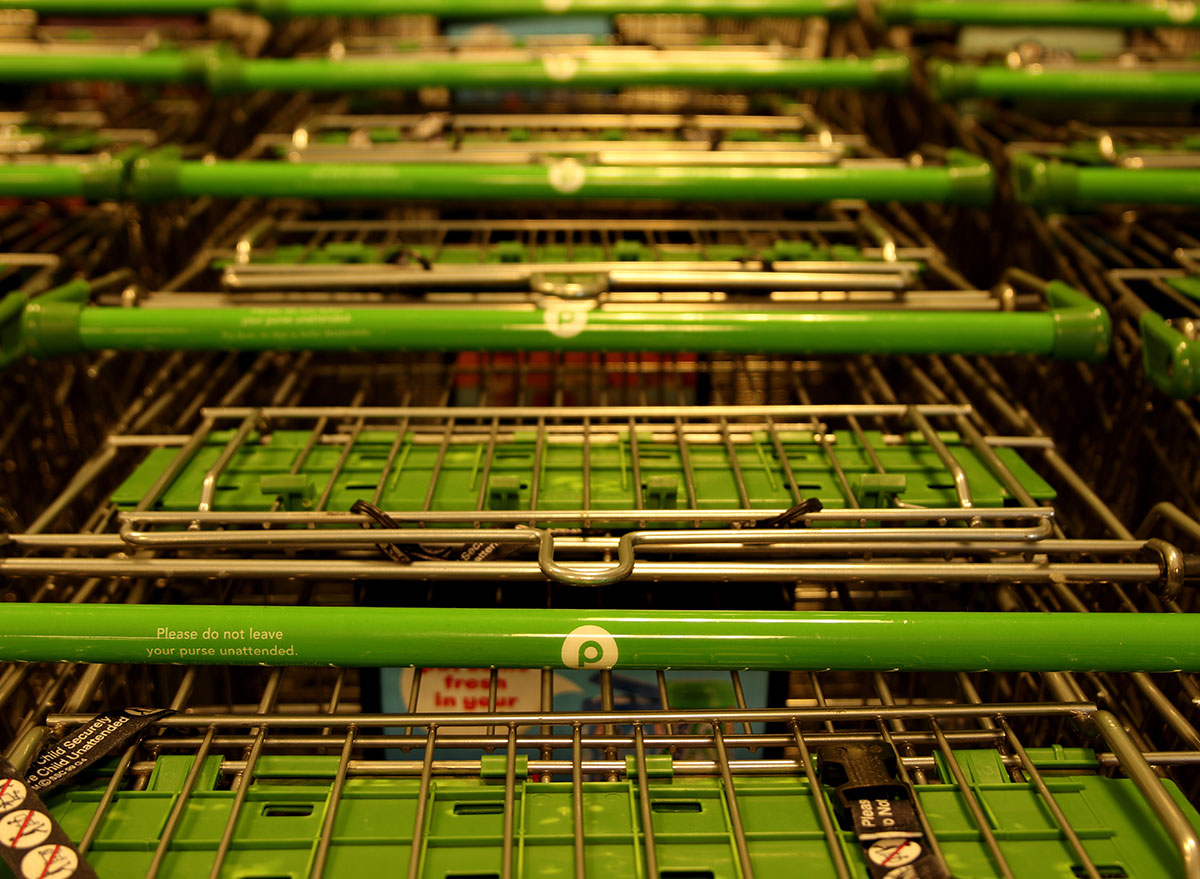
Here's perhaps the biggest challenge with taking advantage of pumpkin this fall: For the second year in a row, canned pumpkin is one of the grocery items that's currently affected by a shortage.
Fortunately, it seems like whole pumpkins remain abundant. Roasting a pumpkin can be relatively easy (in parts of Europe, they love doing this): Try slicing it into small sections, removing the seeds (consider toasting your pumpkin seeds, there's more healthy stuff in there!), then placing the pumpkin segments in a baking pan with shallow water to keep the pumpkin moist while you roast it.
When it comes out of the oven, purée your pumpkin and serve it as a side (think mashed sweet potatoes), or slice the roasted pumpkin further and add the cubes to a salad. Try this Mixed Greens Salad with Pumpkin Vinaigrette… or pumpkin pizza.
(We said it: Pumpkin pizza.)
More Pumpkin Recipes
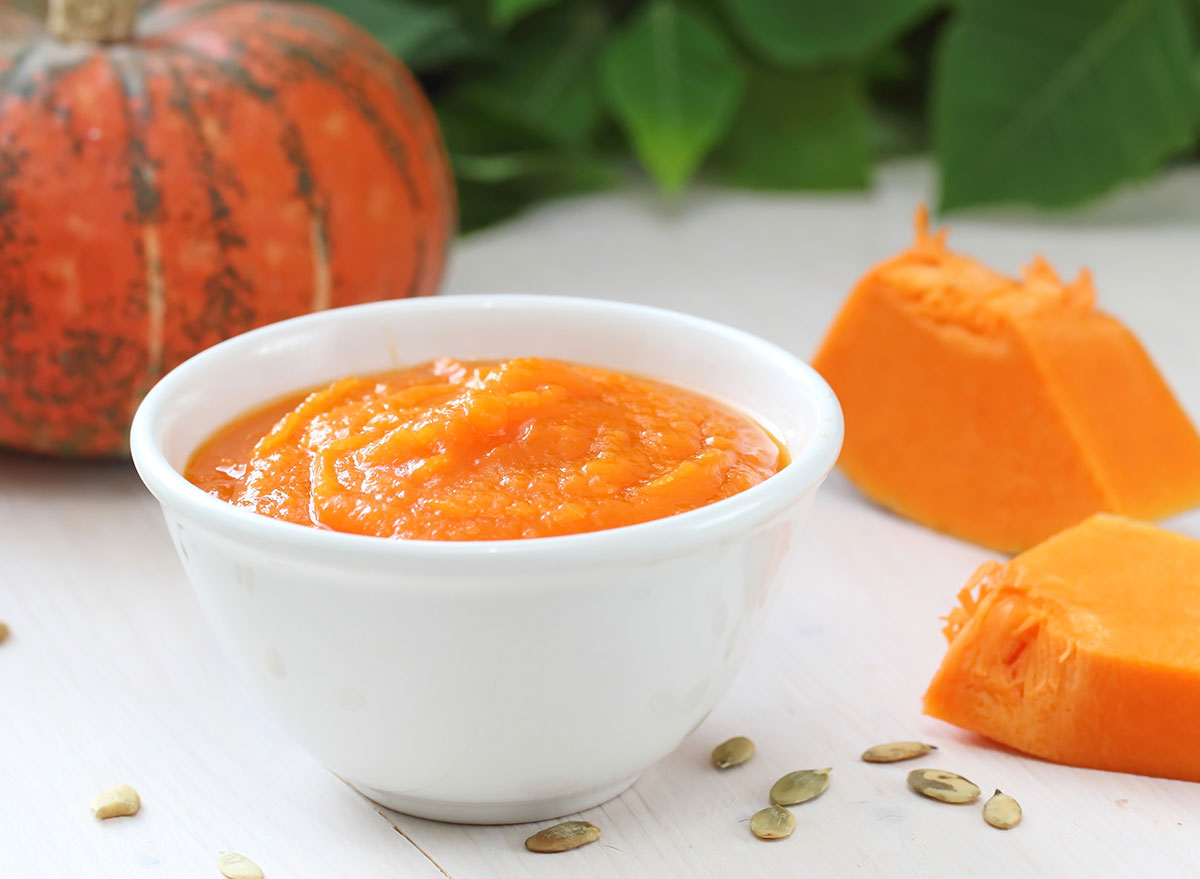
Go ahead, feel great by doing all the things with pumpkin this fall. Test any of these 33 Delicious Pumpkin Recipes, or even this Instant Pot Two-Layered Creamy Pumpkin Yogurt.
Get more of the latest right here:

